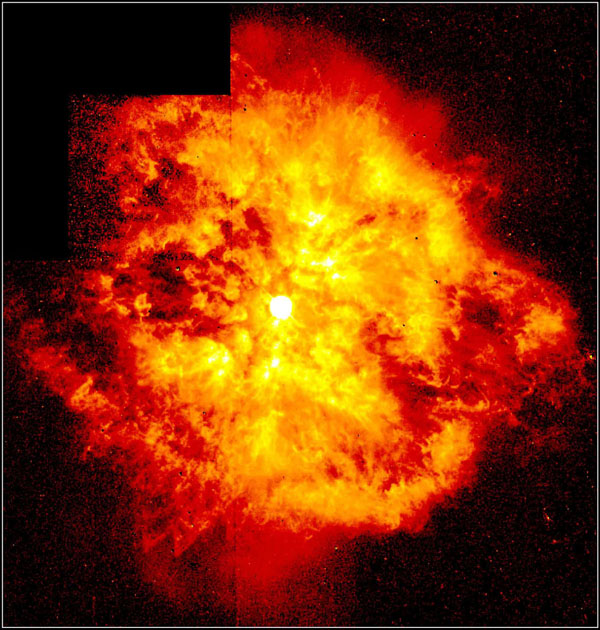In 2nd century BC Hipparchus compiled a catalog of stars. Based on this catalog Ptolemy introduced a system of assigning Stellar Magnitude to each star “a number” depending on its brightness. Ptolemy suggested ‘1’ for the brightness star and ‘6’ for the faintest! This system still works for the naked eye observation or simple telescope. These numbers are not the whole number today. These are now given up to three decimal places. These numbers are called apparent magnitude. 
Apparent Magnitude: The apparent magnitude of a celestial body is a measure of its brightness as seen by an observer on Earth, normalized to the value it would have in the absence of the atmosphere.
The brighter the object appears, the lower the value of its magnitude. Very bright objects have negative apparent magnitudes. Example: Sirius Star: -1.4, Full Moon: -12.74, Sun: -26.74
In 1856, Norman Robert Poyson formalized the system by defining a typical first magnitude star as a star that is 100 times as bright as a typical sixth magnitude star. Thus a first magnitude star is about 2.512 times as bright as a second magnitude star.
These days magnitudes are usually measured with the help of color filter or CCD (charge coupled devices) attached to telescopes.
It should be remembered that apparent magnitude of a star does not give any clue regarding its intrinsic luminosity. For this, the concept of absolute magnitude is introduced. Apparent magnitude is complicated by the fact that light is not monochromatic. For this reason, it is necessary to specify how the magnitude is measured for the value to be meaningful.
In the beginning it was believed that the logarithmic nature of the scale is because of the human eye itself has a logarithmic response. In Pogson’s time, this was thought to be true but it is now believed that the response is a power law. (Steven Power law). This law is a proposed relationship between the magnitude of a physical stimulus and its perceived intensity or strength.
Here is magnitude of sensation, I is the magnitude of physical stimulus and a depends on the type of stimulation.






